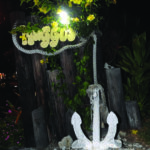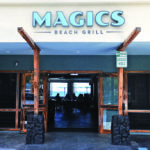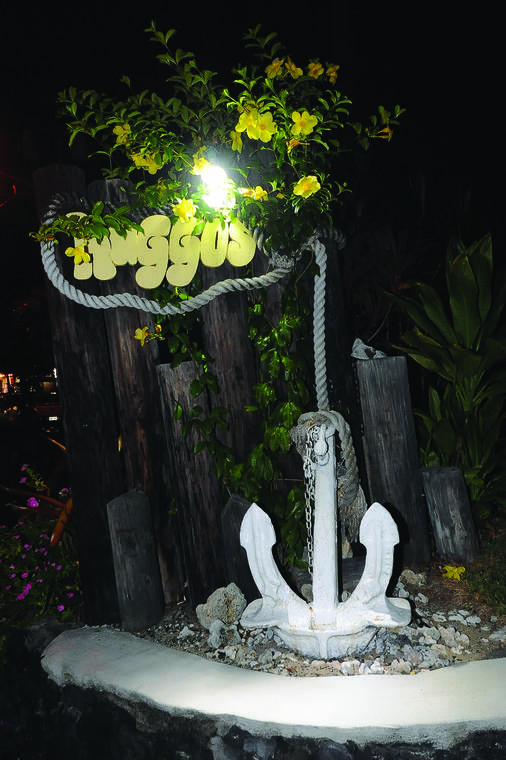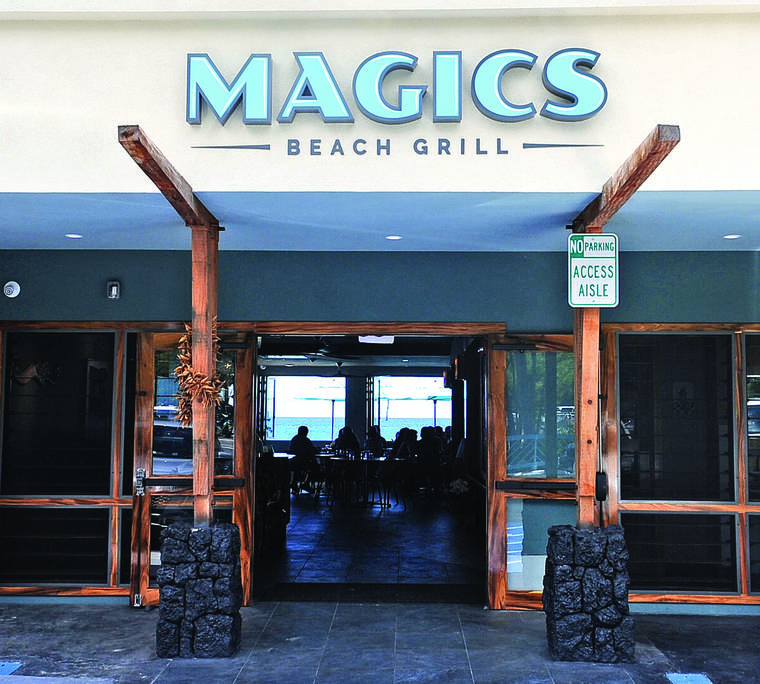Small Business Matters: Restaurants: An industry on the edge



Of all the businesses that have been hit hard by the pandemic, the ones to worry about the most are restaurants. They operate on slim margins, are labor-intensive and volume sensitive, and exist on the changing whims of the diner.
Restaurants are also the commercial veins that the lifeblood of a community flows through. They give an area a sense of place, activity, contentment, and familiarity. As physical settings, they provide meeting places, sites for celebrations, and places where the culinary specialness of an area or cuisine is on display. We’d be a drabber culture but for our restaurants, and they are in danger.
The pandemic has placed all sorts of restrictions on restaurant viability. First, they were shut for an extended period, so even though customers weren’t coming in, the rent was still due, utilities still had to be paid, and staff had to be either kept on board, hopefully with Payroll Protection Program assistance, or furloughed and kept engaged enough so that skilled staff would come back once reopening was possible. Now that restaurants can open there are new spacing restrictions, protections that need to be in place, and operations that need to conform to the new normal. And most significant for us in Hawaii, we’re doing it all without tourists, that most vital part of our hospitality industry.
That reality is reflected in a recent survey by the Hawaii Restaurant Association, which reports on an industry “devastated by the economic fallout caused by the coronavirus pandemic.” The survey showed that almost all Hawaii restaurants that haven’t closed permanently have laid off staff, with an average staff reduction of 81%. A majority of participating Hawaii restaurant operators were not optimistic that their business would return to normal any time soon, with 80% doubting a return to profitability within the next six months without additional federal relief.
How are local restaurants coping and what are they doing to ensure consumer safety and their existence?
“I’m adjusting, I’m learning,” says Mattson Davis, owner of Magics Beach Grill. “We’re being cautious. We’ve redone our menu, trying to concentrate on comfort food because I think people are looking for non-risky dining. Interestingly, the first weekend we were open we did see a lot of pent up demand, people just looking to get out. But now the people we’re seeing are only the people who look at dining out as part of their lifestyle. I don’t think we’re going to see the people who eat out every two weeks or so or who are at high risk for a while.”
Magics has limited their seating to outside tables for now and the restaurant is operating at 25% of its overall capacity. Davis cautions, however, “My business is just not designed for 30 seats. Frankly,” he says, “I don’t think there are enough people in town to support the restaurants we have. That’s why it would be nice to see the state making some progress and a real plan concerning tourism.”
That view is echoed by Eric von Platen Luder, co-owner of Huggo’s and Lava Lava Beach Club. Von Platen Luder has taken caution even further than Davis however and has not re-opened his restaurants.
“While we’re open to changing our views depending on how things evolve, we’re not thinking of opening Lava Lava until the end of the year,” he says. In town, “We had high hopes of opening Huggo’s On the Rocks but decided that for us just to put another restaurant out there to dilute the few customers there are was just not feasible. We’ve been actively monitoring all the restaurants in town and don’t see that any of my fellow restauranteurs will be able to keep this up for very long without tourists. Our plan now is to take it slow, monitor the situation, open Rocks once we see the community is willing to go out, and then Huggo’s when there appears to be enough business.”
The lack of a concrete plan with dates for re-opening our tourist economy was cited by both these restaurant owners as an obstacle towards recovery. As Von Platen Luder says, “Until the Mayor and Governor decide to make some decisions and give us some dates we’re shackled by the lack of a plan. It’s not like you can just open a hotel or a restaurant overnight.”
On the same day of that comment, the Governor gave us a date, July 31, through which the trans-Pacific tourist quarantine is extended. It remains to be seen if that date stays firm, is lifted thereafter, if tourists pay attention and start returning, and if viable levels of tourism for profitable restaurant operation resume. Until then, give our community and our restaurants a break and patronize our local restaurants to the extent you can. If they lose, we all lose.
Hawaii SBDC Network is funded in part through Cooperative Agreement No # SBAHQ-13-B-0048/0001 with the U.S. Small Business Administration and the University of Hawaii at Hilo. All opinions, conclusions or recommendations expressed are those of the author and do not necessarily reflect the views of the SBA.




